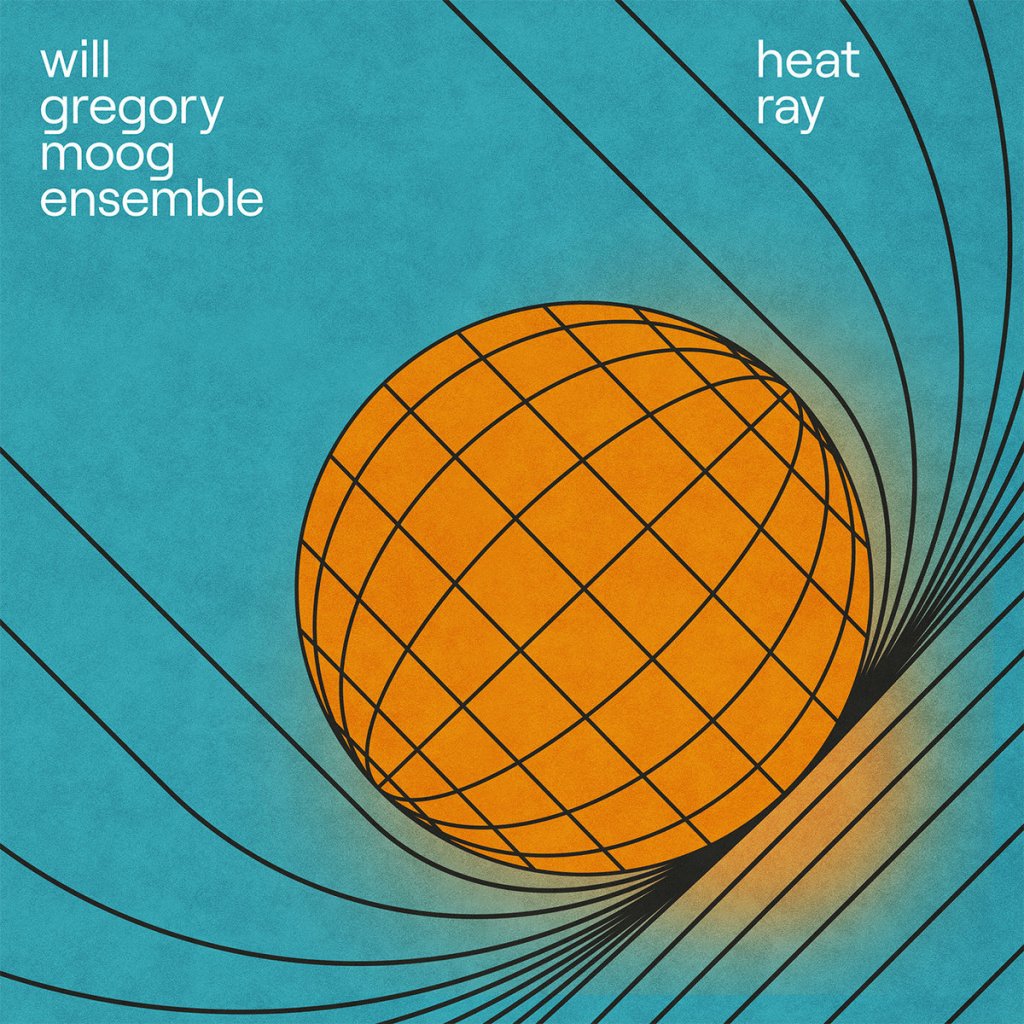This Monday sees a signing of Brian Eno’s Light Music book taking place at the launch at the Paul Stolper gallery in cental London

Brian Eno’s book ‘Light Music’.is a “comprehensive overview of his exhibition of the same name from 2016 ‘Light Music’ includes all of the works that were displayed; light music boxes, the lenticulars ‘Center Decenter’ and ‘Tender Divisor’ and graph paper drawings, as well as installation shots of the exhibition, all illustrated in colour. ‘Light Music’ also includes his more recent lenticulars, ‘Ripe’ and ‘Rose’ as well as four etchings ‘Agate’, ‘Grapefruit’, ‘Sunburnt’ and ‘Eclipsed’.
A major essay by Brian Eno charts the genesis of his interest in light, from when an uncle showed him early Disney film reels; “I have no recollection of what we saw: but what I do remember, even now, was the visceral impact of that intensity of colour”. Eno discusses his first light box of 1968, made up of nine cells arranged in a 3×3 grid, with the light provided by Pifco lightbulbs. “The result was an unexpectedly complex mesh of shadows and colour mixtures … I think what impressed me was not only the complexity of the result, but the economy of the means of producing it.”

Eno decided to pursue music rather than art, “because I couldn’t at that point imagine that there might be a way of somehow encompassing both”, he discusses pioneering ambient music, and in particular Discreet Music 1975 “essentially the permutation of two simple melodies with some timbre changes – in many ways a direct descendant of the little lightbox”, and the accidental discovery of the idea of using video to make “a slowly moving painting” using a camera and TV set placed on their side. Eno writes how his experimentation with video answered his ongoing question “How can you control light?” Constantly refining his ideas, and embracing technology, interwoven as it is with creativity, Eno continued to make grander light installations, culminating in ’77 Million Paintings’ a projection covering The Sydney Opera House in 2009, reaching a point “where my lightwork had finally caught up with Kandinsky”.

.
The book also contains a short text by Michael Bracewell, ‘Shedding Light’ where he describes Eno’s art as “a space for the contemplation of individual experience”, where the viewer/listener is “encouraged to engage with a generative sensory/aesthetic experience that reflects the ever-changing moods and randomness of life itself”, and likens “the call of Eno’s art to that of, for instance, Matisse or Rothko at their most enfolding”.

THE BRIAN ENO LIGHT MUSIC BOOK LAUNCH AND BOOK SIGNING takes place from 6pm to 8pm at Paul Stolper, 31 Museum Street, London, WC1A 1LH on Monday 20th March
Light Music’ is limited to 1,500 copies in total, and each is individually numbered by stamp, numbers 251 – 1,500 priced at £45.00.
1 – 250 are accompanied by a signed, numbered and dated lithograph print ‘Lapis Center’, 29 x 29cm, 2017. These will be sold on a first come, first served basis. To purchase a copy of the limited edition book in advance and at the launch price of £295, more details from Paul Stolper
BRIAN ENO oscillating in 1972…
.
BRIAN ENO in 2016…
‘The Ship’ is the title track from Brian Eno’s 2016 album
“‘The Ship’ started as an Ambient work intended for a multi channel sound installation in Stockholm, but during the making of it I discovered that I could now sing a low C – which happens to be the root note of the piece. Getting older does have a few fringe benefits after all. From that point the work turned into an unusual kind of song…a type I’ve never made before where the vocal floats free, untethered to a rhythmic grid of any kind.”
Brian Eno







Leave a comment